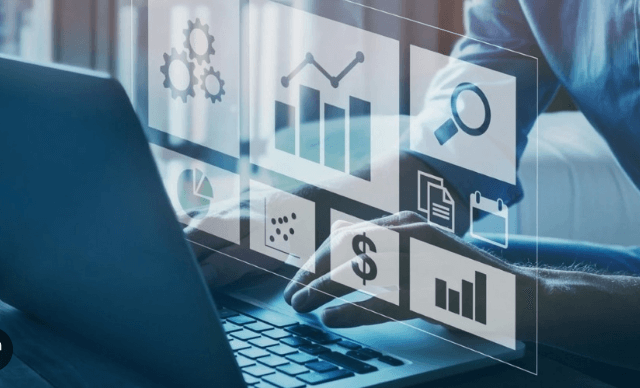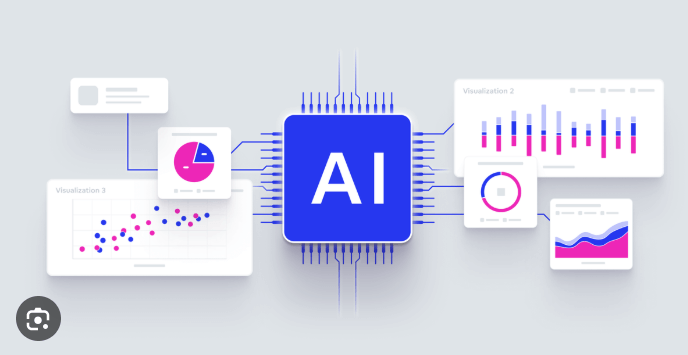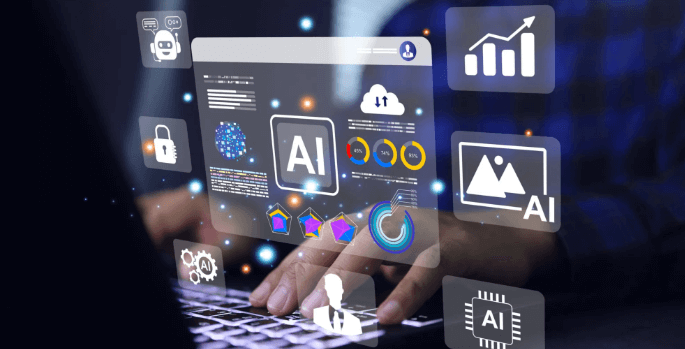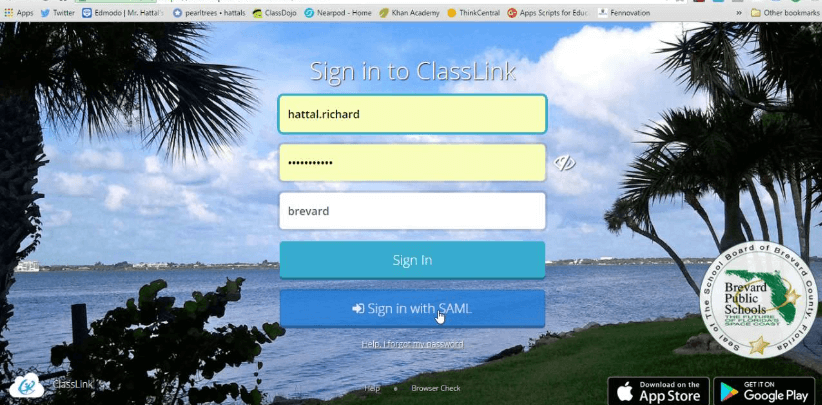Table of Contents
Everyone loves to talk about AI apps. Chatbots that write. Dashboards that think. Tools that adapt on the fly.
But underneath the interface, something quieter is doing the heavy lifting: data science. The models don’t train themselves. The predictions don’t validate automatically. And “just add AI” never works without someone crunching the messy stuff underneath.
This is the part most people skip when talking about AI. So let’s fix that.
Let’s break down how data science actually powers AI apps – and why it’s not just about big data, but about smart, thoughtful work.
The Assumption: More Data = Better AI
It sounds right. Feed the model more data, and it’ll get smarter. Right?
Not always.
A pile of raw data doesn’t make a product smarter. It just gives you more variables to get wrong. What really matters is:
- What kind of data you have
- How clean it is
- How well it reflects the problem you’re solving
This is where data scientists live. And where many AI teams get stuck if they skip that layer of thinking.
What Data Scientists Actually Do in AI Projects

Let’s say you’re building an AI app that helps small businesses predict cash flow.
It sounds simple. Plug in the numbers, and the app tells you if you’ll run out of money next month.
But to get there, someone needs to:
- Understand what “cash flow” means across different industries
- Decide which features matter (invoices, subscriptions, late payments)
- Handle messy inputs (missing values, weird formats)
- Choose a model that works with limited data
- Measure accuracy without overfitting
None of that happens automatically.
And it’s not just about writing scripts. It’s about designing questions, testing assumptions, and asking “what would break this?”
That’s what data scientists actually do.
It’s Not Always About Size
Some of the best AI systems don’t use massive datasets. They use well-designed ones.
Think:
- 1,000 customer support tickets, hand-labeled with sentiment
- 50 users’ browsing behavior tracked over a week
- 200 insurance claims, manually reviewed for fraud indicators
Small? Yes. But useful. Because the data is focused, clean, and connected to a real business question.
This is the kind of approach companies like S-PRO take when building early-stage AI products. They don’t wait for “enough” data – they figure out what’s actually needed to get a working prototype.
Case Example: Building a Smart Assistant (the Real Work)

Imagine building a smart assistant that summarizes internal reports for an enterprise.
You could start with a language model. Plug in GPT or Claude. Get passable results.
But without data science, here’s what goes wrong:
- The assistant pulls the wrong sections
- It confuses financial terms
- It doesn’t prioritize what users actually care about
So what do data scientists do?
- Review real reports
- Identify common structure
- Define what counts as “important”
- Build a feedback loop to improve summaries
- Track performance over time
It’s not sexy work. But it’s the difference between something that feels helpful – and something people stop using after two tries.
Why This Matters More Than Ever
More companies are building AI into their products. But many forget that AI is only as good as the foundation it’s built on. And that foundation is data.
- Training data
- Test data
- Feedback loops
- Business logic
- Accuracy metrics
Skip those, and your app might look smart – but feel off.
That’s where experienced teams come in. Not just ML engineers, but data science experts who know what to ask, what to watch, and what to fix quietly in the background.
Where It Goes Wrong (and Often Does)
Some common traps:
- Using public datasets that don’t match your use case
- Overfitting to tiny patterns that don’t generalize
- Letting models make predictions that users don’t understand
- Forgetting to measure success properly
This isn’t just technical debt. It’s product debt. Because when the AI starts drifting – or worse, breaking – it’s data science that needs to come back in and clean it up.
Better to bring that mindset in early.
The Hidden Superpower: Human Context
AI can predict. But data science adds meaning.
A model might say: “User X has a 78% chance of churning.”
Data science says: “They stopped logging in after customer support didn’t respond. And they downgraded their plan.”
That’s the kind of insight that product and ops teams can use. That’s what makes the AI feel real – not robotic.
And it doesn’t come from just scaling data. It comes from asking better questions.
Final Thought
The smartest AI apps don’t just run on models. They run on questions, assumptions, clean inputs, and feedback loops.
They run on data science.
If you’re building something new, don’t wait until things get messy. Bring in data science thinking early. Sketch the logic. Define what “good” looks like. Plan your data flow before you touch a model.
That’s how useful AI gets built. Not by feeding a model more data – but by giving it the right data in the first place. And knowing what to do when it still gets things wrong.
Also Read About: The IR2M00











